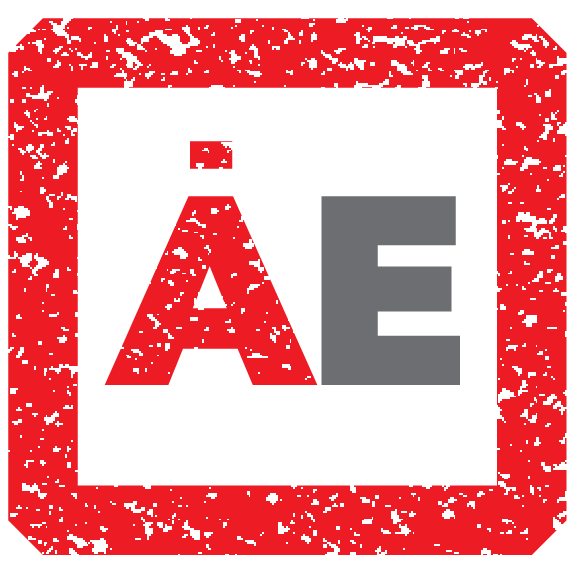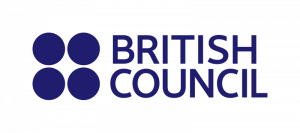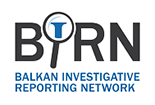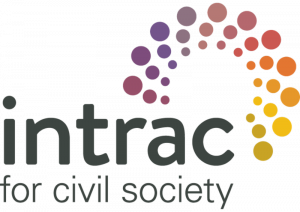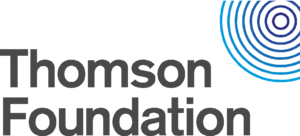Setting the goal
Atlatszo Erdely is an investigative media outlet from Romania, focusing on the 1-million Hungarian minority community living in the Western part of the country. Composed of dedicated journalists, Atlatszo Erdely takes pleasure in creating diverse content and nurturing audience engagement while learning how to strategically increase its revenue streams.
Collaborating with their mentor through the Thomson Foundation project, the team concentrated on two key aspects: refining journalistic content and implementing strategies to expand audience reach and revenue generation.
Enhanced Team Dynamics
Despite their experience, team members remained open to suggestions. In September, a senior staff member departed, but the team welcomed another investigative reporter and a new intern. Additionally, several staff members specialising in marketing and business operations joined the media. These new additions facilitated a more effective division of work within the team. Atlatszo Erdely aspired to innovation within the newsroom, both in terms of capacity building and content creation.
Content upgrade and innovation
Mentorship started with weekly and biweekly meetings. Through collaboration with the mentor, Atlatszo Erdely identified several areas for improvement. A crucial aspect of the project involved the development of an entirely new website. Designed with a mobile-first approach, the new website proved to be a game-changer for the outlet, given that most of their readers access content via mobile devices. The new online space significantly improved speed compared to its predecessor and is more SEO-friendly.

Another significant enhancement was the establishment of a podcast studio that was set up with grant support during the Thomson Foundation project. This mini-studio marked a pivotal shift, as it introduced higher-quality audio production, replacing the previous method of recording Zoom meetings for podcasts.
During the project, Atlatszo Erdely published three articles as part of the gender disinformation program. Moreover, the grant support facilitated the financing of an important investigation, resulting in a two-part series of articles exposing sexual abuse perpetrated by a high school teacher against students. This investigation holds particular significance, as the abuse had persisted for over two decades without any prior media coverage.
To expand their weekly newsletter, team members ran an on-line lead generation campaign which resulted in a significant increase in the number of subscribers. The newsletter was re-launched with a new format: each week one of the journalists tells a personal story about their work. The new format is a great success so far, with positive feedback and a good contribution to the fundraising efforts.
Zoltán Sipos, the editor-in-chief, demonstrated growth in multitasking capabilities throughout the project—an essential trait for leaders in smaller media outlets, given the challenging operational environment.
Furthermore, capacity building, including the acquisition of new equipment and the addition of staff members, established a more sustainable and efficient working model.
By the project’s conclusion, the number of subscribers surged by an impressive 50%, and the introduction of newsletters led to substantial growth of recipients.
New formats change the game
One of the primary challenges encountered by the team came from seasonality. During the summer months, both revenue and readership tend to experience a decline. However, Atlatszo Erdely successfully addressed this challenge by launching a new format- newsletter, as well as introducing pop-up newsrooms.
Pop-up newsrooms would mean that the entire Átlátszó Erdély team moved to a small community for a few days. They would blend in, meet sources, hold public debates with their readers, and work on stories that are locally relevant. If this format with focus on local issues continues, their profile in the countryside will significantly increase.
Additional experimental feature the team wishes to continue is the “ask me anything” sessions: these on-line meetings are an opportunity for the journalists to answer the questions of the readers after an important story is published.
Another challenge was the team’s tendency to produce lengthy articles. While initial efforts have been made to address this issue, the forthcoming phase of the grant will entail a series of writing workshop sessions, overseen by their project mentor, Eva Vajda.
“Our mentor understood really well not only the problems we face as an independent media outlet, but also the specific societal/cultural context we operate in. Because of this, we could use the mentoring time to focus on solutions instead of explaining the problems, making our exchange really fruitful.”- Zoltán Sipos, editor-in-chief of Atlatszo Erdely.
Recognized for trustworthy journalism
In addition to development of their internal capacities and business competences, Átlátszó Erdély has been recognized officially for trustworthy journalism they produce and promote by completing successfully the certification process in compliance with the Journalism Trust Initiative (JTI) standards. The report has been published in December 2023.


